Wrench and Learn: Overheating Problems Fixed Roadside
How-To Fix Engine Overheating Problems on the Roadside
What do you do when your car overheats? With temperatures reaching the 80’s this past week in LA, the 383 small block Chevy in my 1955 Studebaker got hot in protest.
Thursday was my first problem. After 30 minutes of freeway driving and 30 minutes of stoplight-and-street traffic, I lost power and came to a stop. After letting Stude cool down, the only thing I noticed upon inspection was that my fluid was a little low. I filled up the radiator with a coolant/distilled water mix and was back on my way, hoping maybe this was all I needed. I got home fine that evening and through the 25 mile drive to work the next day without a glitch. This made me feel better, but I was very worried… Studebaker had a date as a wedding getaway car for some close friends of mine on Saturday. I didn’t want her to miss out on the excitement!
As I pondered what was going on with my overheating, I knew the most likely candidates were the radiator, water pump, or thermostat. I’ve dealt with my radiator and water pump already, so I was pretty sure it wasn’t either one of those. But the thermostat, I didn’t know anything about. Having recently helped fellow Gasoline Girl car club buddy change the thermostat in her 1965 Falcon – I knew it was an easy job.
So when I hit Friday afternoon traffic and my car lost power again, I knew what I needed to try first. Replace the thermostat. Luckily, there was an auto parts near to where I’d broken down. After letting Stude cool off, I started her up again and got safely to the parts store. There I purchased a thermostat (about $7) and a thermostat housing gasket ($1). While I let Stude cool down again, I used the time to do a little interior adjustments on my wind-lacing.
Pulling out my trunk kit o’tools (always carry tools with you!) I eventually set off to work to change the thermostat.
Before I began unbolting the housing that the thermostat sits under, I just wanted to be certain the car wasn’t too hot. Carefully un-capping the radiator proved that the temperature was sufficiently cooled down so I proceeded to unbolt the housing. It was a very simple 2-bolt job and the housing was off. What I found at that point was that I didn’t have a thermostat at all! I’d heard of cars running without them – a thermostat really just regulates water through the cooling system based on water temp. (Editor’s note: Run a thermostat! Without one, it takes much longer to warm your engine up (if it ever does in cold weather) and when it does, it might not ever cool down as you see here.)
I knew the tricky thing would be to get the new gasket to create a water tight seal. I have trouble remembering what gasket sealer to use for which gasket (if it’s in contact with water or oil for example) so I decided to try it without using any. What I did do was use a screwdriver to clean off the metal surfaces that come in contact with the gasket – leaving as close to a smooth surface as possible… which is a good idea for any place a gasket is used.
I tightened down the bolts snug, but not too tight (I know that on some parts too much torque on a bolt head can cause damage) and started up the engine. Right away a bunch of water was spraying from my thermostat housing. Turning the car off and inspecting led me to quickly realize I had a crack in the thermostat housing!
That crack wasn’t there before… I would’ve seen fluid sprayed all over the engine compartment. It’s possible that my taking the housing off and tightening it back on again agitated a crack already there. Good thing I was at the parts store still! (I must interject here, I had very good luck with my parts guy today at O’Reilly – good job for knowing that small block Chevy’s come in a wide range of makes and models!) I just walked inside with the old part and had them find me a new one ($8.) Situations like this are a good example of why I chose to put a common engine, like my small block Chevy, in my daily driver classic instead of rebuilding the original Studebaker one!
As I waited yet again for my car to cool down before putting the new thermostat housing on, I was glad to have a little entertainment with me in the car. My laptop and a Mad Men DVD to watch made the time fly-by… brake downs don’t have to be miserable experiences!
After replacing the housing and doing a little adjustment to stop water leaking – I was finally back on the road!
Within five minutes my temperature gauge was reading at a possibly dangerous level… but this was only guesswork. My temp gauge is the original one with only “marks” and no actual numbers. I’m used to the gauge being at almost the very bottom. When it hits the middle (as it did when I was in 100+ degree weather this summer in Las Vegas) my car shuts down. So when it was at this mid-level within five minutes I was on the ready for another car breakdown.
There are certain sink-or-swim moments when living with an old car, and this was one of them. I wouldn’t know if my car was overheating still unless I kept going. So I kept going… and going… and going. It seems that my overheating problem is fixed! Stude has been fine, even when sitting in traffic!
On Saturday Studie was cool as a cucumber and looking better then ever for her first wedding appearance. She was a big hit at the wedding!
As for the gauge, I’m guessing that adding a thermostat is making my temperature read at a different level. After all… it seems like the middle is a better place for it to rest at normal operating conditions then all the way at the bottom!?! I should add a more accurate gauge that will show me the actual temperature so I can more accurately assess what’s going on with my engine.
I was very proud to be able to do a roadside fix all by myself and be successful! It made me remember my earliest days of trying to learn about cars… I had a couple of very unsuccessful tire changes. Back then I felt I’d never be able to do car work by myself. This experience reminded me how far I’ve come. I’m confident that with a little courage, guts, and thinking I can fix whatever comes my way!!
Until next time,
Happy Trails!


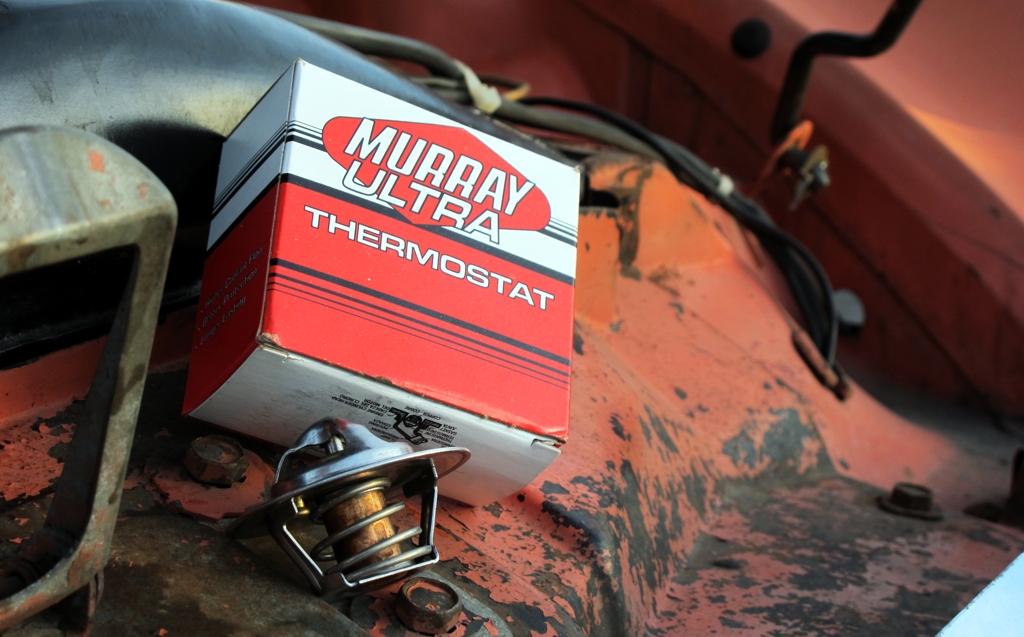
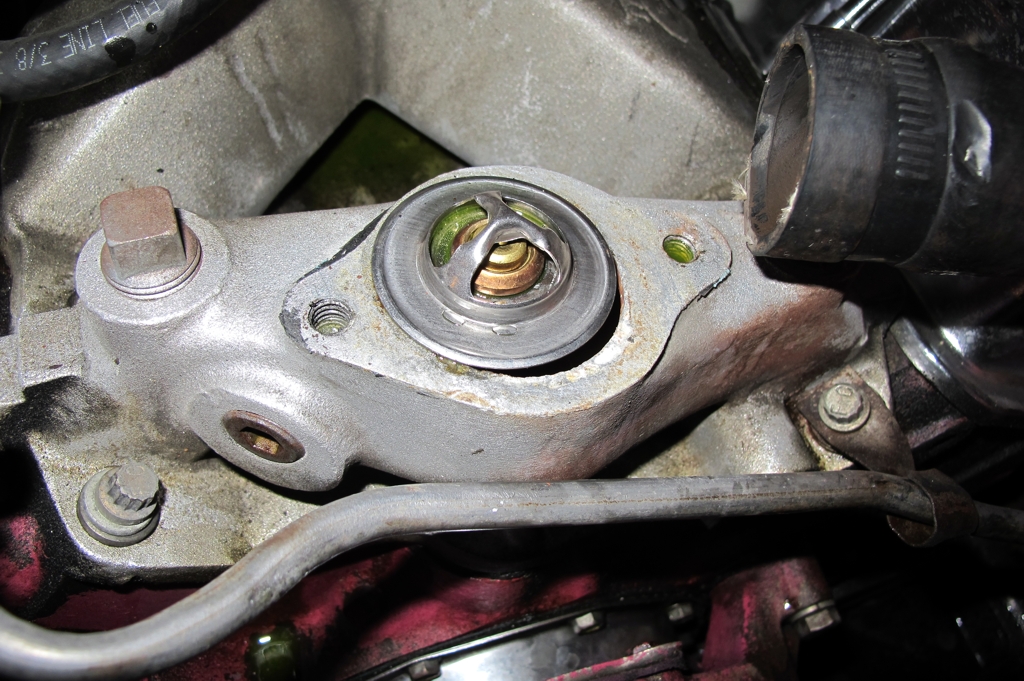
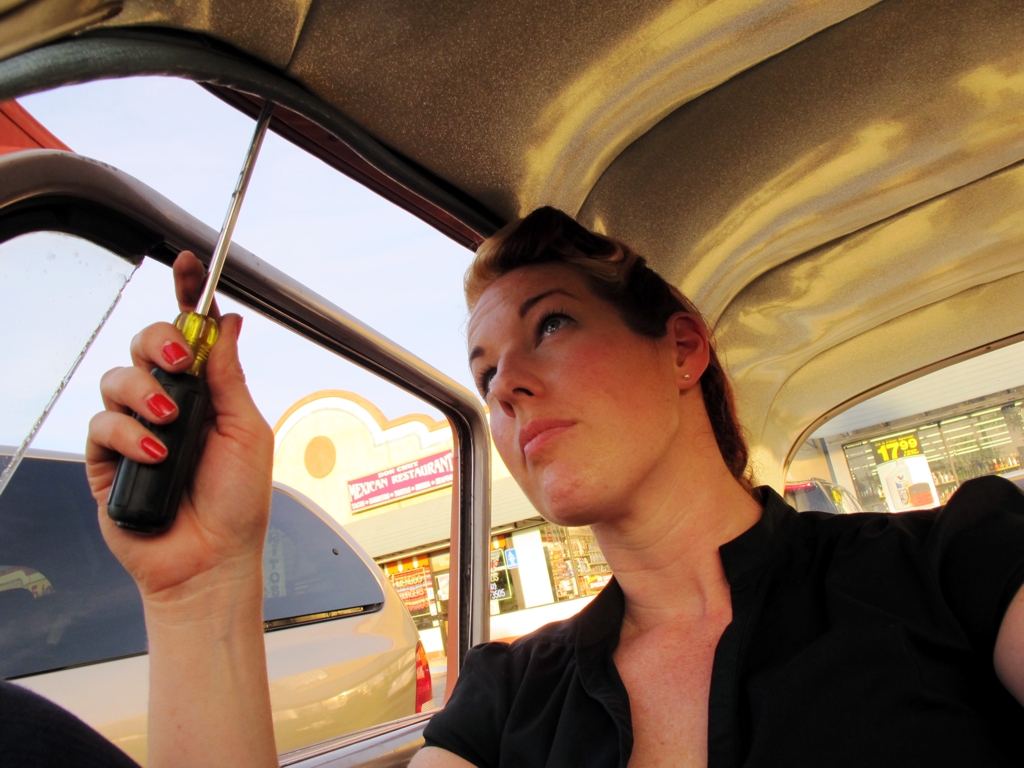
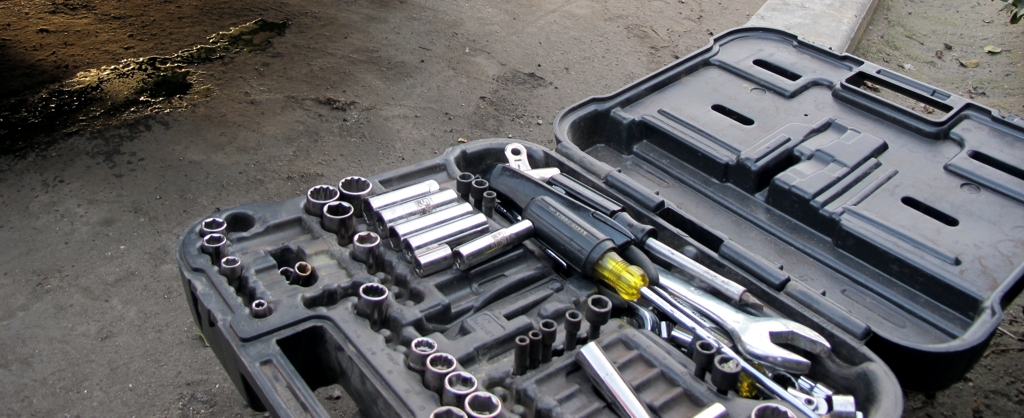
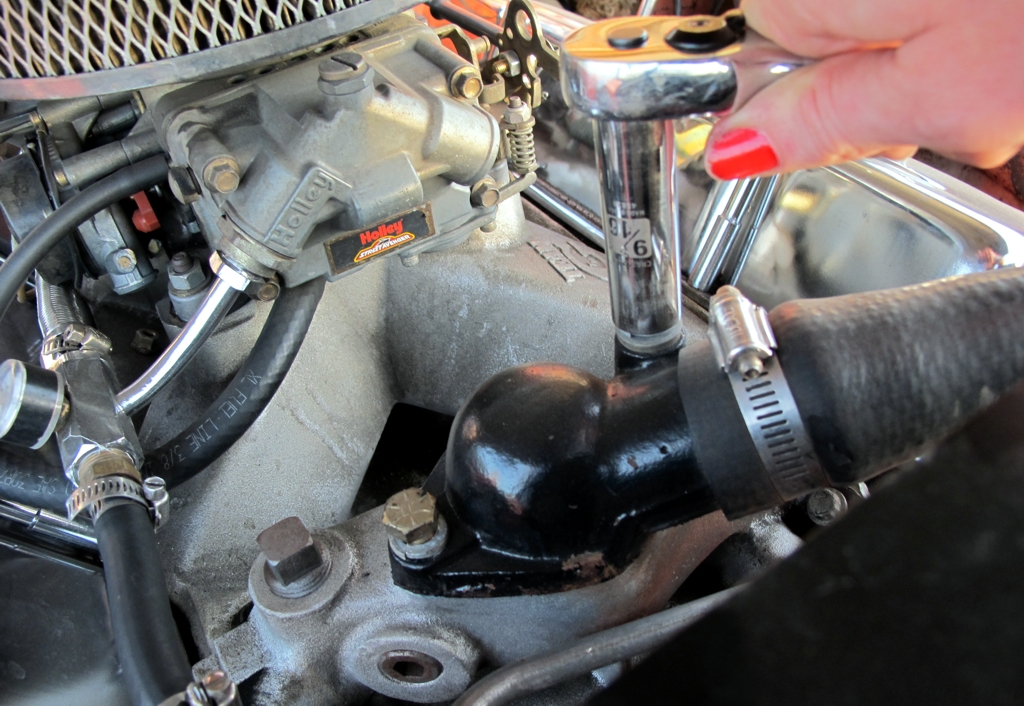
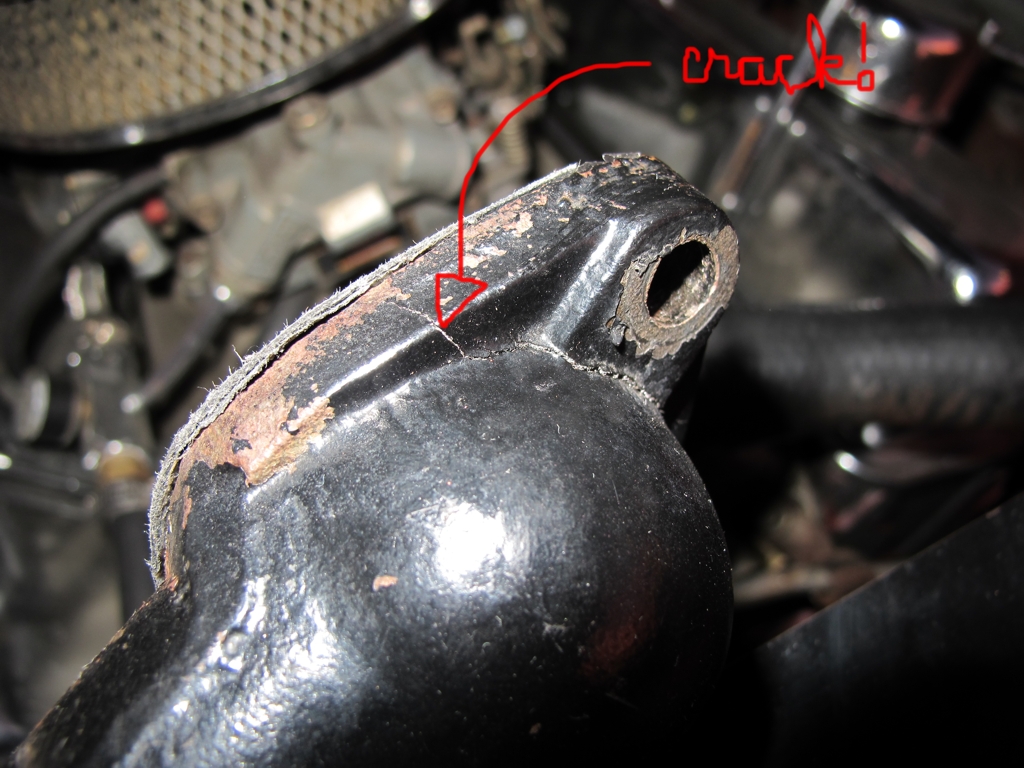

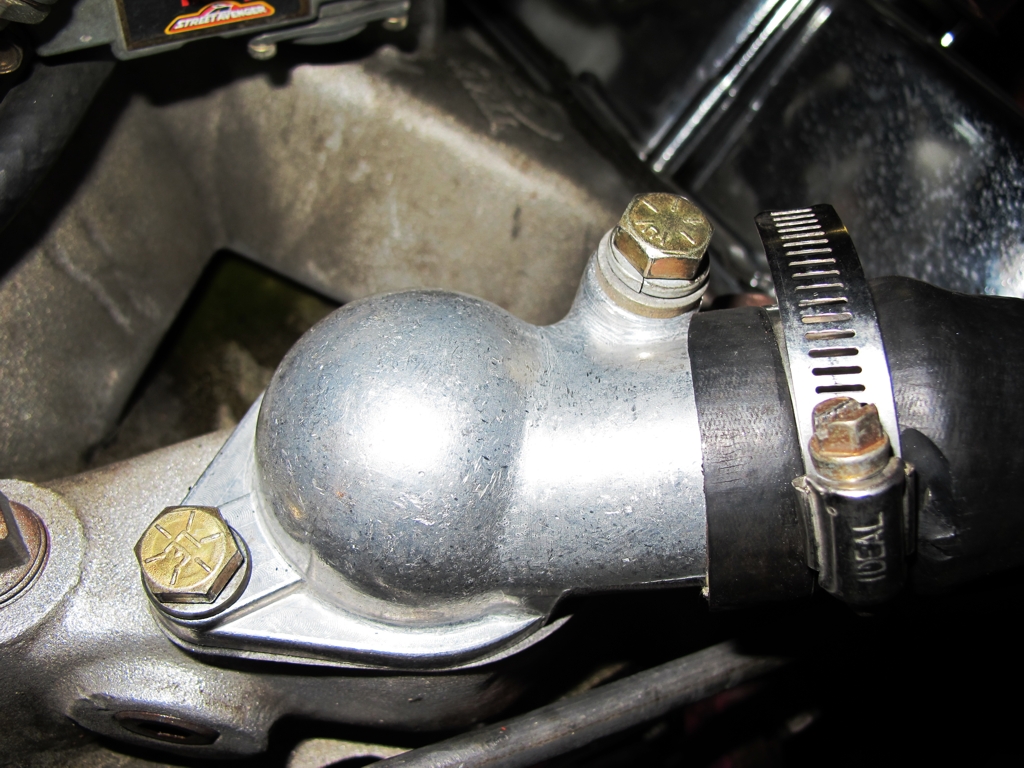
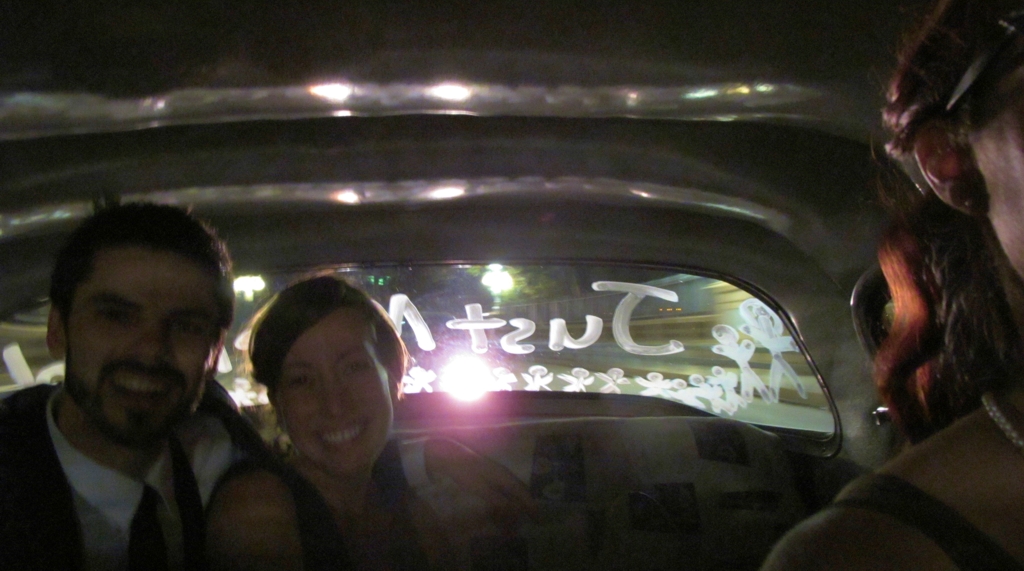






Kool Write-up~ (pun intended)